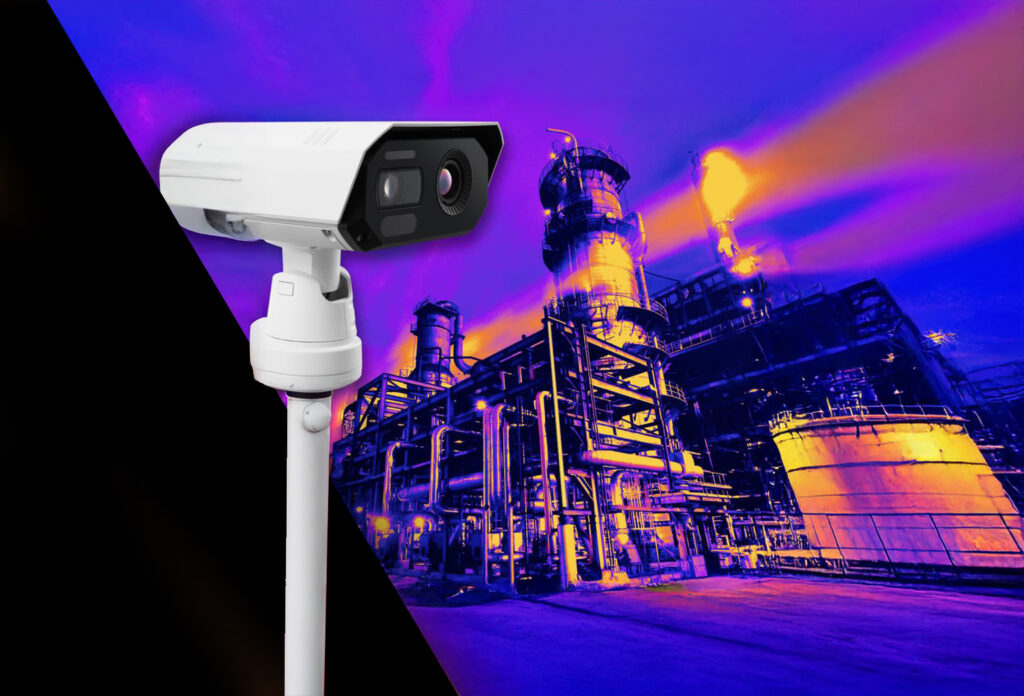
Introduction
Environmental regulations continue to evolve as the U.S. Environmental Protection Agency (EPA) tightens its focus on reducing harmful emissions. Among the most impactful rules for the oil and gas industry are the New Quad O standards, Quad OA standards, and OOOOA standards, all designed to curb methane and volatile organic compound (VOC) emissions.
For oil and gas companies, compliance with these new regulations is essential to avoid penalties, improve sustainability efforts, and enhance operational efficiency. This blog will break down these standards, explore their impact on emissions control, and explain how EPA emissions technology plays a crucial role in ensuring compliance.
What Are the New Quad O Standards?
The New Quad O standards refer to the updated NSPS (New Source Performance Standards) for the oil and gas sector. They include:
- Quad O (OOOO): Initial regulations targeting emissions from new, modified, and reconstructed oil and gas facilities.
- Quad OA (OOOOa): Expanded requirements with stricter leak detection and repair (LDAR) provisions.
- Quad OOOOA (OOOOa and beyond): Further tightening of emissions limits, particularly targeting methane leaks from equipment such as compressors, storage tanks, and pneumatic controllers.
The purpose of these standards is to significantly reduce the release of methane—a potent greenhouse gas—along with VOCs, which contribute to air pollution and health risks.
Key Requirements of Quad O, Quad OA, and OOOOA Standards
The regulations outline several key requirements for oil and gas facilities, including:
Leak Detection and Repair (LDAR)
Operators must regularly inspect their equipment for leaks using advanced monitoring technology, such as infrared cameras, and repair any detected leaks within a specific timeframe.
Storage Tank Emission Limits
New rules restrict the amount of VOCs that can be emitted from storage tanks. Facilities must implement vapor recovery systems to capture emissions.
Pneumatic Controller Regulations
Pneumatic controllers, commonly used in the oil and gas sector, must meet low-emission standards, as they are significant sources of methane leaks.
Compressor Emission Controls
Both reciprocating and centrifugal compressors must adhere to strict emission reduction techniques, including regular maintenance and gas capture technologies.
Flaring Restrictions
The new standards aim to minimize the flaring of methane by requiring companies to capture and utilize gas whenever possible instead of burning it off.
Impact on Oil & Gas Companies
The Quad O standards introduce new compliance challenges for oil and gas companies. These include:
- Increased Monitoring Costs: Companies must invest in advanced leak detection systems, such as EPA emissions technology like infrared cameras, to meet the stricter LDAR requirements.
- Operational Adjustments: Facilities may need to upgrade equipment, modify processes, and train personnel to comply with the new regulations.
- Potential Fines for Non-Compliance: Failing to meet the standards can result in significant fines and legal consequences, making compliance a business necessity.
However, adhering to these standards also provides benefits, such as improved operational efficiency, reduced environmental impact, and enhanced reputation within the industry.
The Role of EPA Emissions Technology in Compliance
To meet the New Quad O standards, oil and gas companies are turning to EPA emissions technology for accurate monitoring and compliance. Some of the most effective technologies include:
Infrared Cameras for Leak Detection
Infrared cameras detect methane and VOC leaks in real time, allowing companies to identify and repair leaks more efficiently. This non-contact method enhances safety and reduces inspection time.
Optical Gas Imaging (OGI) Cameras
OGI cameras provide visual representations of gas leaks, making it easier for operators to pinpoint problem areas and address them proactively.
Continuous Emission Monitoring Systems (CEMS)
These systems offer real-time data tracking, enabling companies to monitor emissions levels continuously and take corrective action as needed.
Drones for Aerial Monitoring
Drones equipped with gas detection sensors allow for large-scale facility inspections, covering areas that may be difficult or hazardous for human inspectors to reach.
Steps to Achieve Compliance with Quad O, Quad OA, and OOOOA Standards
Oil and gas companies must take a proactive approach to compliance by following these steps:
- Invest in EPA-Compliant Technology: Implement infrared cameras, OGI systems, and CEMS to meet LDAR requirements effectively.
- Develop a Comprehensive LDAR Program: Schedule regular inspections, train personnel, and ensure timely repairs of any detected leaks.
- Upgrade Equipment: Replace outdated components, such as high-emission pneumatic controllers and compressors, with low-emission alternatives.
- Adopt Best Practices for Emissions Reduction: Implement vapor recovery systems and gas capture techniques to minimize emissions.
- Stay Updated on Regulatory Changes: Regularly review EPA guidelines to ensure ongoing compliance as standards continue to evolve.
Future Trends in Methane Emission Regulations
The oil and gas industry can expect even stricter regulations in the coming years as governments worldwide push for lower carbon emissions. Emerging trends include:
- AI-Driven Leak Detection: Advanced analytics and AI-powered emissions technology will automate leak detection and improve accuracy.
- Blockchain for Emissions Reporting: Some companies are exploring blockchain to ensure transparent and tamper-proof emissions data for regulatory compliance.
- Increased Use of Remote Sensing: Satellites and remote sensors will play a bigger role in detecting large-scale methane leaks across regions.
Infrared Cameras for Oil and Gas Companies
The New Quad O standards, including Quad OA standards and OOOOA standards, introduce a new level of accountability for oil and gas companies. Compliance requires a combination of advanced emissions monitoring technology, proactive leak detection programs, and operational upgrades.
By leveraging EPA emissions technology, such as infrared cameras and optical gas imaging, companies can effectively monitor and reduce emissions, ensuring they meet regulatory requirements while enhancing sustainability efforts. Staying ahead of these regulations not only prevents costly fines but also positions businesses as industry leaders in environmental responsibility.



